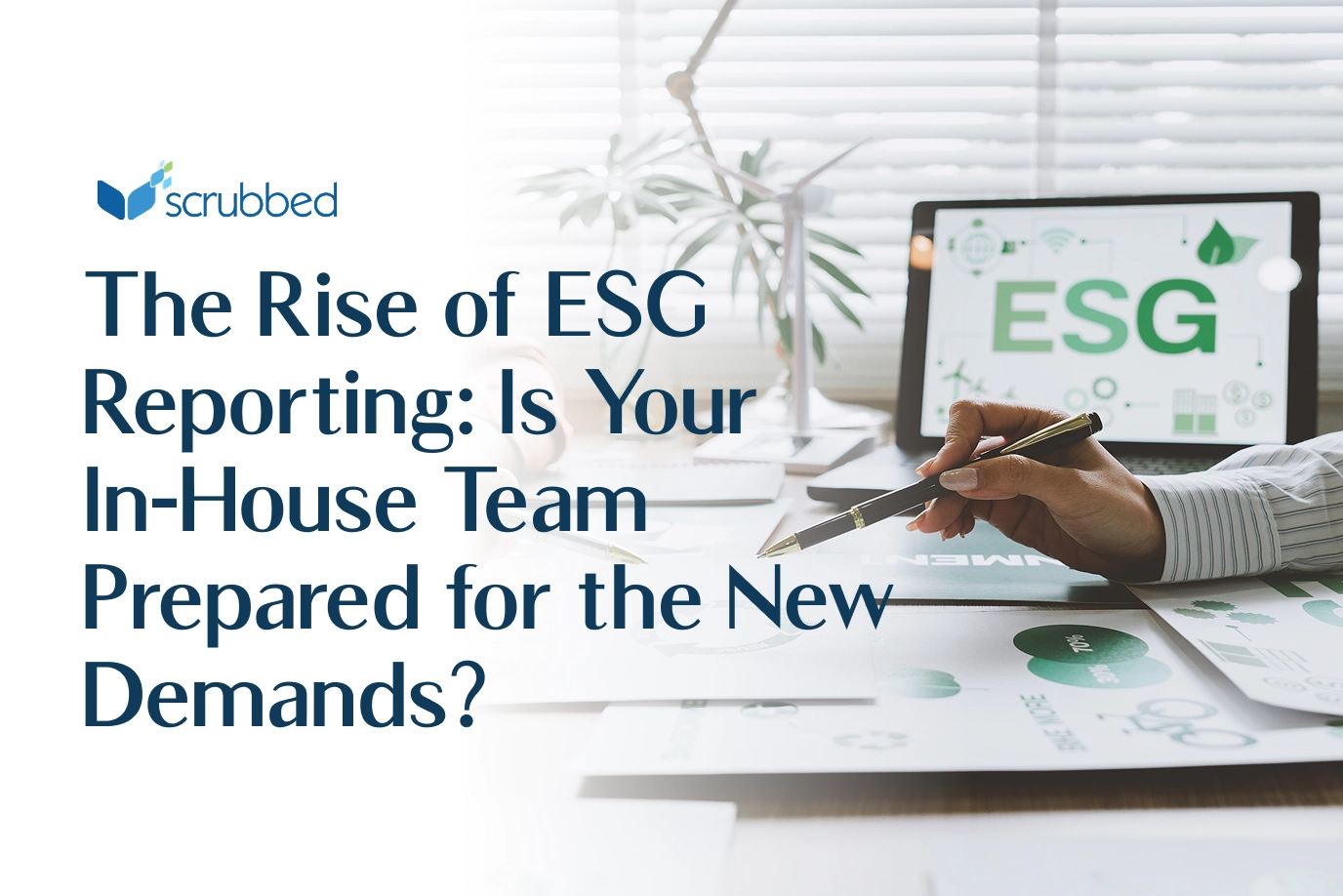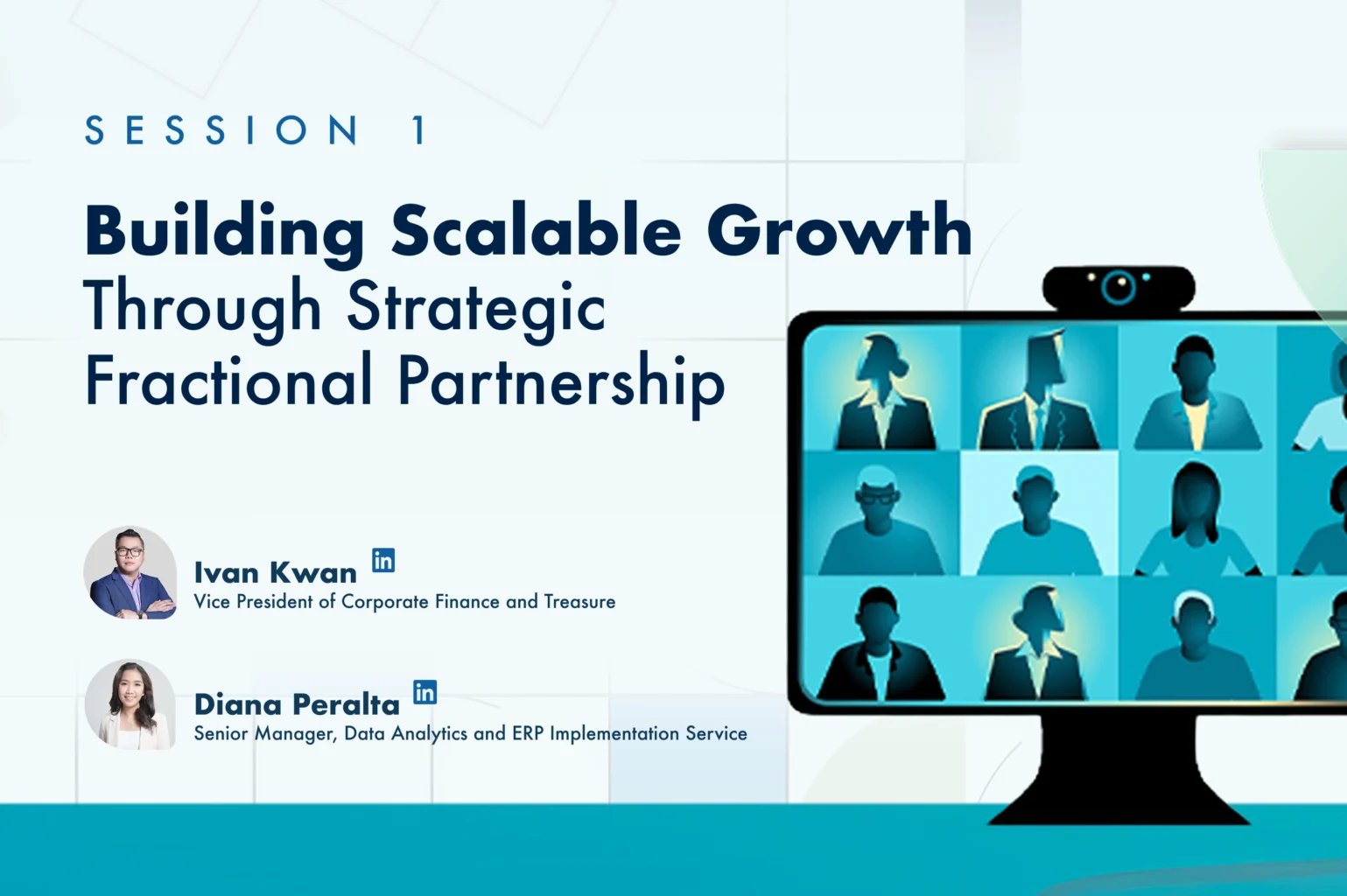If you’re looking to scale your SaaS business, gaining the trust of your investors is essential. That means sharing a fuller picture of your company’s financial health and growth potential that goes beyond sharing just the essential financial statements. Scrubbed works with SaaS businesses of all sizes and maturity, and we’ve gathered some tips to help you create investor-ready financial reports that meet regulatory standards and resonate with investors.
Understand What Investors Want
Key Metrics Investors Prioritize
| Core SaaS Metrics | Why It Matters |
|---|---|
| Net Dollar Retention (NDR) | High NDR shows that customers appreciate your company’s product, which gives your business strong upsell and cross-sell capabilities. In turn, that indicates good potential for expansion. |
| Customer Acquisition Cost (CAC) and Lifetime Value (LTV) | CAC measures how much your business spends on sales and marketing to acquire new customers, while CLV assesses the long-term revenue potential per customer. Investors analyze the ratio of CLV to CAC to determine how efficiently your company can grow its customer base and revenue. A ratio of 3:1 or higher is considered a healthy indicator. |
| Gross Margin | This is the key indicator of scalability, profitability, and operational efficiency. A high gross margin means your business can reinvest revenue in growth without sacrificing profitability. |
| Retention and Churn Rates (Logo & Revenue) | The subscription model means retaining customers is as important as acquiring new ones for SaaS firms. Metrics like Churn Rate and Net Revenue Retention (NRR) demonstrate your company’s ability to keep and expand your customer base. SaaS investors look at logo churn (customer count) and revenue churn (lost revenue) in the context of improving Net Dollar Retention (NDR) over time. |
| Rule of 40 | SaaS companies are valued differently from traditional businesses, with more emphasis on potential than current profitability. The Rule of 40 (where growth rate % plus profit margin % should be greater than 40%) has become a fundamental benchmark for investors. While it used to be the case that investors might accept lower profitability for a SaaS business that is growing quickly, recent trends favor more balanced growth (e.g., 20% growth with 20% profit margin). |
| Annual Recurring Revenue (ARR) / Monthly Recurring Revenue (MRR) | MRR and ARR measure your recurring revenue streams and let investors assess the stability and growth potential of your business. Tracking these metrics over time also helps leadership make informed decisions about pricing, marketing, and product development. |
| Burn Rate and Cash Runway | SaaS businesses can be more capital-efficient than traditional software companies because of the lower upfront costs. Investors want to see exactly how efficient your company is in using capital to drive growth. Burn rate measures how quickly your company is consuming cash, while cash runway indicates how long you can operate at your current burn rate before running out of funds. Investors expect to see at least 12–18 months of runway for early-stage SaaS companies. |
| Bookings vs. Revenue | Bookings represent the total contract value (TCV) when a customer signs an agreement, while revenue is recognized over time as services are delivered. Differentiating between these metrics helps investors evaluate your future growth potential versus current financial health. |
Avoid Common Reporting Pitfalls
- Improper Revenue Recognition (ASC 606 Non-Compliance): Failing to properly recognize revenue around subscriptions, upgrades, and renewals can mean that you need to make significant adjustments during due diligence. It’s vital that you carry out a thorough revenue recognition analysis for each contract. Non-compliance with ASC 606
is a major red flag for investors. - Ignoring GAAP Standards: SaaS founders sometimes rely on cash-basis or modified accrual reporting, which is insufficient for investor reviews. Investors want to see consistent financial statements that are aligned with US GAAP standards, especially as your business grows.
- Neglecting Key SaaS Metrics: If you don’t include SaaS-specific metrics like CAC, LTV, and churn in your financial report, investors don’t have a complete picture of your likely growth and profitability.
- Overlooking Cash Flow Planning: Without proper cash flow planning, investors may view your company as risky and less prepared to face unexpected challenges. Sharing cash flow planning gives your investors confidence that your company is appropriately managing resources.
- Weak Internal Controls and Documentation: Investors care about how you generate the numbers, not just the outcome. Inadequate documentation, lack of policies, and weak controls all undermine investor trust in the accuracy of your financial data.
Tell a Compelling Financial Story
It should go without saying that accurate financial statements are fundamental. Your income statement, balance sheet, and cash flow statements should break down revenue streams, provide an overview of your assets, liabilities, and equity, and clearly demonstrate the company’s ability to generate cash from core activities.
However, you need to share the context as well as the numbers to win over investors. At Scrubbed, we understand how an investor-ready financial narrative can help connect the dots, ensuring investors see how your metrics support the company’s vision and market opportunities. Behind the scenes, strong technical accounting support plays a key role in building the accuracy and reliability of these reports, giving your story the credibility it needs. We encourage our SaaS clients to:
- Build a Narrative: A compelling financial story ensures your reports resonate with investor expectations and help investors really get a feel for your company’s culture and
goals. - Implement SaaS Best Practices: Using tools like SaaSOptics, Chargebee, or NetSuite to automate key SaaS metric tracking provides investors with accurate visibility.
- Strengthen Processes and Internal Controls: Enhancing your documentation and processes will help reassure investors that your business is well-managed and serious
about financial integrity. - Utilize Scenario Planning and Forecasting: Forward-looking models that account for different scenarios like pricing changes, new markets, and cost restructuring give you
the basis for more robust discussions with potential investors. - Ensure Tax Planning and Compliance Readiness: If you want to scale your SaaS company, you need to be prepared for compliance-heavy events like IPOs or acquisitions. That means maintaining clear and consistent documentation for ASC 606, ASC 340, R&D tax credits, and sales tax nexus support.
Investor-Ready Reports Go Beyond Traditional Statements
How Scrubbed Can Help
Scrubbed specializes in helping SaaS companies navigate these complexities and prepare investor-ready financial reports. Our team of experts can assist you in:
- Ensuring audit-ready accuracy in your financial statements
- Streamlining compliance with complex accounting standards like ASC 606
- Enhancing your financial narrative to effectively communicate your company’s value to investors
- Implementing advanced data analytics tools to provide deeper insights into your financial
performance
By partnering with Scrubbed, you gain access to a team with deep SaaS accounting and reporting expertise as well as nonprofit financial reporting capabilities. We can help you align your financial metrics with investor expectations, simplify complex reporting processes, support risk and SOX compliance, and help you present a compelling financial story to your investors.








